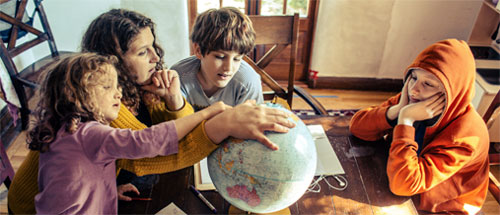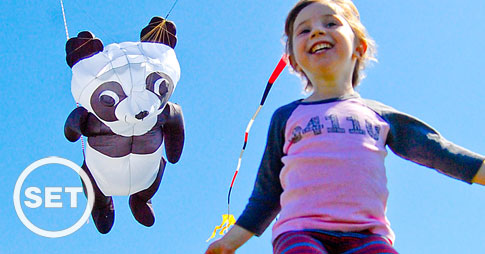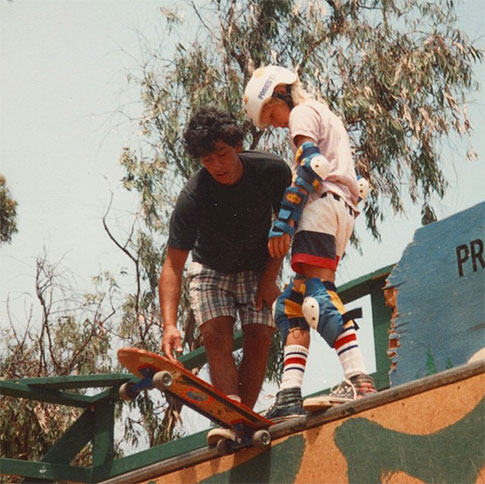Retired U.S. Supreme Court Justice David Souter, in a prescient 2012 appearance, said “I don’t worry about our losing republican government in the United States because I’m afraid of a foreign invasion. I don’t worry about it because I think there is going to be a coup by the military… What I worry about is that when problems are not addressed… some one person will come forward and say, ‘Give me total power and I will solve this problem.’
“That is how the Roman republic fell. Augustus became emperor, not because he arrested the Roman Senate. He became emperor because he promised that he would solve problems that were not being solved.”
Worrisome words, as we are now “about to hand over power to a man who has spent his whole adult life trying to build a cult of personality around himself.”
But the seeming similarity between Donald Trump and Augustus really is only seeming. Augustus took care to discourage his personality cult.
Perhaps it’s our luck that Trump is no Augustus. Augustus and his wife Livia put a stop to a century of civil war and ruled together for 40 years, restoring Rome to considerable prosperity. They were the ultimate power couple. Many believe Augustus genuinely intended to restore the republic. But thanks to them the justification of tyranny in the eyes of the Roman people was so total that the republic was never restored, and a succession of awful emperors eventually led to Rome’s downfall.
There’s nothing more un-Trump-like than Augustus’ emphasis the ancient Roman virtue of “pietas”, the key quality of any honorable Roman: reasoned judgment and a devotion to the gods, the homeland, and one’s family. He is quoted once telling his stepson (later emperor) Tiberius: “you must not give way to youthful emotion or take it to heart if anyone speaks ill of me.” Leaders still aspire to match his modesty and magnanimity.
History is rife with cronies, lunatics and megalomaniacs usurping power, but in the grand scheme of things their reigns haven’t tended to be very long, and unlike Rome after Augustus, republics have sometimes restored themselves pretty quickly.
Could it be that Trump gives the U.S. enough of a whack over the head to make this country more resistant to future attempts to strip it of its democracy?







